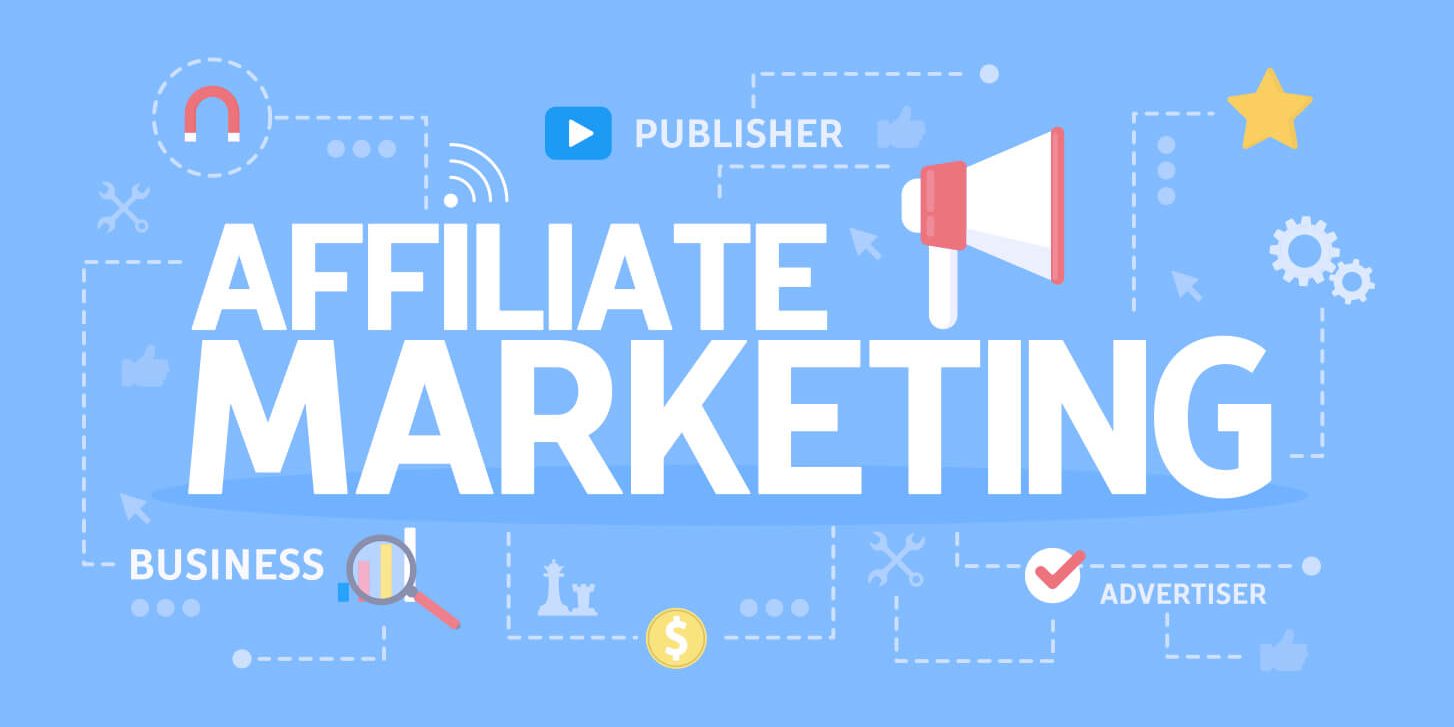The origins of intellectual property are frequently linked to human creativity. They get better at using their imaginations when they come up with new ideas, designs, symbols, and other kinds of art and writing. “Intellectual property law” protects human inventions. This legal protection helps the inventors because it makes them the only ones who can own their intellectual property. Continue reading to learn about the different types, examples, and remedies for intellectual property infringement.
Intellectual Property Infringement Law
Infringement on intellectual property rights refers to the improper use, production, or sale of any good or piece of information that falls under this category. However, depending on the intellectual property right that is being contested, the meaning of infringement frequently modifies. The production, use, or sale of protected intellectual property without authorization is known as copyright and patent infringement. Therefore, the law offers a route via which the owners of intellectual property can bring a claim for infringement of their rights, just like any other property. This type of infringement on IP rights is known as IP rights infringement.
What Rights Does an Intellectual Property Owner Have According to the Law?
An “IP owner” is typically a person who owns intellectual property rights. This indicates that you have a monopoly on your intellectual property. As a result, you are protected by federal law. You can also sue for intellectual property infringement. If your claim is successful, the court may award damages.
Violation of Intellectual Property Rights
Numerous techniques exist to violate your intellectual property rights. Typical examples of intellectual property breaches include:
- Copyright, trademark, and patent infringement
- stealing commercial secrets
- if trademarks or copyrights are being imitated.
Which Remedies Are Available in an Intellectual Property Infringement?
If your legal claim to protect your intellectual property rights is successful, the court will frequently grant you a remedy. You may receive remedies for an intellectual property infringement such as:
#1. Damages
This is one of the remedies for intellectual property infringement that has been proven. These are frequently given to the owner of the intellectual property rights. The court will often compensate you for lost sales or reputation.
#2. Injunction
This is one of the things that can be done when someone steals your intellectual property to stop them from doing it again. Most of the time, a court would issue an injunction to stop the other side from using, selling, or making the safe IP.
#3. Destruction of Protected materials
The court could also tell the other person to get rid of the copyrighted work. This typically happens when someone uses illegal content against the desires of the owner of the intellectual property. Therefore, he would have to throw away the materials because he had no other choice.
#4. Payment of Legal Fees and Costs
Lastly, this is one of the remedies available for intellectual property infringement. The costs incurred by the IP holder as a result of bringing the matter before the court include litigation fees. As a result, in cases where theft has been proven, the court may also require the other party to cover the costs of filing the claim.
Intellectual Property Infringement Examples
Examples of intellectual property infringement include:
#1. A&M Records, Inc. v. Napster Inc
This is a case of intellectual property infringement. In 1999, Shawn Fanning, a computer science student at Northeastern University who was 18 years old and a genius, started Napster. A peer-to-peer music-sharing website that allowed users to download MP3s for free, much to the dismay of musicians worldwide hoping to sell records. However, A&M Records, part of Universal Music Group, and other RIAA labels sued Napster. Plaintiffs claimed that Napster had violated copyright both directly and indirectly.
Despite appeals from the Ninth Circuit to the Northern District of California, Napster was found guilty on both counts. Napster shut in 2002. Another music-sharing website, Grokster, continued to grow for a few more years before the Supreme Court’s decision in MGM v. Grokster in 2005 forced it to shut down.
#2. Payless ShoeSource Inc. v. Adidas America Inc.
Adidas and Payless got into a fight in 1994 over stripes. Since 1952, Adidas has utilized its three-stripe insignia as a form of the logo; it was just recently given trademark status. However, Payless was offering athletic shoes with two and four parallel lines that were confusingly identical. Meanwhile, after negotiating a settlement, the two businesses parted ways, but by 2001, Payless was once again offering the knockoffs. Adidas America Inc. wanted a jury trial out of concern that the footwear would deceive consumers and damage its reputation. 268 sets of Payless shoes were examined during the course of the seven-year trial. Ultimately, Adidas received $305 million—$100 million for each of its stripes, according to the Wall Street Journal’s Law Blog.
#3. Albrecht Dürer v. Marcantonio Raimondi
This is also another one of the examples of intellectual property infringement. Marcantonio Raimondi was caught copying Albrecht Dürer’s Life of the Virgin woodcut engravings in the 1500s. Raimondi carved exact duplicates of Dürer’s wood blocks to use for his prints. The prints, which had Dürer’s signature “A” above “D,” could also be mistaken for originals, and Raimondi profited greatly from them. Dürer disagreed and appealed to the Venice court. In the end, the judge decided that Raimondi might make replicas as long as he left out the monogram.
#4. Isaac Newton vs Gottfried Wilhelm Leibniz
Many people thought that the German mathematician and philosopher Gottfried Wilhelm Leibniz came up with the study of calculus in the early 1700s. After all, it was Leibniz who initially published papers on the subject in 1684 and 1686. However, a controversy started when Englishman Isaac Newton wrote a book titled Opticks in 1704 in which he claimed to be the inventor of calculus. In addition, it was one of the greatest mathematical breakthroughs, and each of the thinkers’ home nations wanted a piece of the action.
According to Newton, the “science of fluxions” was an original idea. In 1665 and 1666, he reportedly wrote on this area of mathematics, although only a select handful of his peers were aware of his work. So, as the intellectual conflict between the two men intensified, Newton charged Leibniz with copying one of the early manuscripts that were circulated. But before anything could be decided, Leibniz passed away in 1716. In contrast, historians now agree that Newton and Leibniz separately developed the concept and were co-inventors.
#5. Kellogg Co. v. National Biscuit Co
In 1893, Henry Perky came up with a pillow-shaped cereal that he called “Shredded Whole Wheat.” Critics at the 1893 World’s Fair in Chicago called the cereal a “shredded doormat,” and John Harvey Kellogg said that eating it was like “eating a whisk broom.” But the item unexpectedly became popular. After Perky passed away in 1908 and his two patents on the biscuits and the manufacturing equipment ran out in 1912, the Kellogg Company, suddenly singing a different tune, started marketing a cereal that was comparable to Perky’s invention.
The National Biscuit Company, which took over Perky’s business, sued the Kellogg Company in 1930, claiming that the new shredded wheat was a trademark infringement and unfair competition. Kellogg, in turn, considered the suit an attempt on the National Biscuit Company’s behalf to monopolize the shredded wheat market. The Supreme Court heard the issue in 1938 and decided in favor of the Kellogg Company on the basis that “shredded wheat” was not a trademarkable word and that its pillow shape was practical and so could be imitated after the patents had expired.
Types of Intellectual Property Infringement
The intellectual property rights (IPR) of a piece of intellectual property can’t be broken in any way. Holders of intellectual property rights (IPR) have the authority to stop others from copying, exploiting, or replicating their work. Hence, the types of intellectual property infringement include:
#1. Infringement on Copyright
This is one of the types of intellectual property infringement. A copyright is a legal right given to the person who made something original, like a painting, book, movie, song, or other creative work. So, if you use a photo that isn’t yours or that you haven’t been given permission to use, you could be breaking the rights of the original artist.
#2. Infringement of Trademarks and Counterfeiting
This is also one of the types of intellectual property infringement. A trademark is a name, symbol, phrase, or design that distinguishes one firm from another. Trademark infringement happens when a brand is used without permission in a way that could mislead consumers about the product’s origin or the seller’s sponsorship. Counterfeiting is a type of trademark infringement in the eyes of the law. Most counterfeit goods are designed to fool buyers into thinking they’re buying the real thing.
#3. Patent Infringement
Patents prevent the unlicensed use, reproduction, copying, or sale of an innovation. Patents can protect a wide range of commodities and processes, including manufactured goods, tools, designs, and more. Each nation also has a regional patent office where one can submit a patent registration application. Patent infringement occurs when someone makes, uses, offers to sell, or uses a patented design without permission from the patent owner.
#4. Rights of Publicity
Lastly, this is one of the types of intellectual property infringement. The right to publicity protects individuals from seeing their names, likenesses, or other distinguishing characteristics used without their consent in product listings, advertisements, or other commercial endeavors. When someone else’s publicity rights are used without their permission, their right to privacy may be broken.
Avoiding Intellectual Property Infringement
Unfortunately, avoiding intellectual property infringement is not always simple. Entrepreneurs run the risk of transgressing the boundaries of IP rights in several ways; therefore, it’s critical to take this into account when making decisions about the usage of logos, catchphrases, and even specific product parts. Unless you have the owners’ express permission and the necessary permissions, protected material must remain unused, regardless of whether copyright, trademark, patent, or trade secret laws are in effect. Anything less could get your company into trouble for IP infringement, which can have serious repercussions.
The Implications of Infringement on Intellectual Property
Businesses may suffer serious repercussions, including financial and social harm, if intellectual property rights are not respected. IP rights infractions could even result in criminal charges and jail time if they go undetected.
The possible repercussions of intellectual property violation can be severe, according to Robert Freund, a lawyer who specializes in business and advertising lawsuits. Depending on the type of violation, sanctions may include civil damages in the form of money damages and lost profits, an order to stop the infringement, the infringer paying the attorneys’ fees, and felony charges with jail time. Willful and persistent IP infringement may lead to the demise of a company and the incarceration of the offenders. Accidental infractions cost money and expose a company to legal action and reputational harm.
How to Avoid Infringements of Intellectual Property
It’s important to take the required precautions to ensure that your company isn’t improperly using protected information given the high costs associated with infringing IP rights. Freund advised small companies to start by examining the database of the U.S. Patent and Trademark Office to make sure that a name for a brand or product, a logo, or a design hasn’t already been registered. Additionally, he advised business owners to follow these precautions to prevent unintentionally breaching the intellectual property rights of another person or company:
#1. Create Innovative Pictures or Music in Advertising
For their marketing materials, businesses can use in-house workers or independent contractors to provide creative visuals, content, music, and more. However, it’s crucial to mention in the contract that the business owns all rights to any work produced when hiring freelancers. If not, independent contractors might register the content themselves and file a lawsuit against the company for IP infringement.
#2. Obtain the Relevant Licenses From Copyright Holders
If you do want to use registered material, it is crucial to secure the necessary permits and the owners’ unambiguous, written consent. Also, you should never consider using protected content without a license and permission.
#3. Use Only Non-royalty Media
There are a lot of places to find royalty-free media online, and they don’t have the same restrictions as other types of intellectual property. Media that doesn’t need a license can be used freely, however, it’s best to credit the producers.
Finally, it’s advisable to speak with a lawyer just to be safe if you’re unsure whether you’re violating IP rights. Never take a chance with IP concerns; the risk is not worth it.
What Violates Intellectual Property?
emblazoning a defendant’s product with your logo in an effort to increase sales. stealing your work and claiming it as their own after doing so. Intellectual property violations on social media occur when phony profiles exploit trademarks or material that is protected by copyright to represent a company.
What Are the Three Forms of Infringement?
Copyright infringement, which includes, for instance, software infringement. A violation of a patent. Infringement of a trademark.
What Are the Two Types of Infringement?
There are two sorts of direct infringement: literal and nonliteral. Literal infringement happens when every item in the patented invention has been utilized in the alleged infringing product/ gadget or process.
Is Infringement of Intellectual Property a Crime?
The criminalization of IPR infringement has led to an increase in government accountability for IPR; it is now illegal for the State to violate another person’s IPR.
What Is the Most Common Infringement?
Image and text copyright are two prevalent types of violation. Whether it be a selfie or a beautiful scenery, the moment you make an original image, you automatically get the rights to it.
References
- redpoints.com
- businessnewsdaily.com
- smithsonianmag.com
- larsonpatentlaw.com






